PAPER
Type of resources
Available actions
Topics
Keywords
Contact for the resource
Provided by
Years
Formats
Representation types
Update frequencies
Scale
-
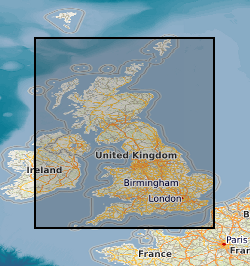
Reports of 267 mineral exploration projects carried out in the UK under the Mineral Exploration and Investigation Grants Act (MEIGA). Produced by external mineral exploration companies between 1971 and 1984. Includes project files kept on behalf of DTI (Department of Trade and Industry). All reports are held in hard copy and all are now on openfile.
-
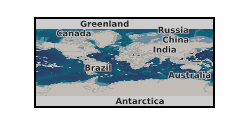
A series of technical palaeontological and biostratigraphical reports produced in the London, Leeds, Edinburgh and Keyworth offices of BGS between 1953 and March 2000. The reports provide information on fossils collected during Geological Survey mapping or supplied by clients. Fossils are collected in order to date (relative age) the rocks in which they occur and/or to provide evidence for the conditions of deposition, so the information contained in each report usually includes determinations of the fossils present in a collection and an interpretation of their stratigraphical and/or their palaeoenvironmental/palaeogeographical significance.Individual reports vary enormously in scope, depending on the reasons for the investigation. Some reports may be site specific, documenting the fossil fauna/flora from a particular locality or borehole, whereas others may deal with material from a number of localities on a 1:10 000, 1:25 000 or 1:50 000 sheet, or from several boreholes. Other reports may be in the form of reviews. Geographical coverage is wide, covering the UK and Northern Ireland onshore, UK offshore and overseas localities.All reports are held as hardcopy only. Each report bears a unique identifying number in the form SS/YY/NN, where 'SS' identifies the series, 'YY' identifies the year in which it was written and 'NN' is a serial number. Reports were numbered sequentially, regardless of whether they dealt with material from the UK and Northern Ireland onshore, UK offshore, or overseas, and a sequential set is held by BGS. Reports are also filed by 1:50 000 sheet, (UK onshore), offshore quadrant and foreign country, as appropriate.
-
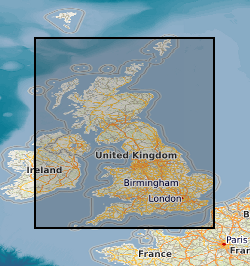
Collection of reports, notebooks interpretations, plans and other data for Great Britain received from external organisations that are not part of other collections. Covers a wide variety of topics that have been gathered over a variety of time scales.
-
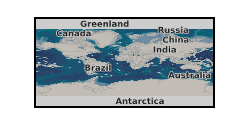
Data include geological logs and charts; letters, minutes & memos; notes; externally written reports; Internal reports; Research Reports; annotated publications, records and reports; and other miscellaneous documentation. Although some of the data go back to the first half of the 20th century (and rarely earlier), the bulk of the data refer to work carried out since about 1960. The data are filed under four subheadings: i. 1:50K sheet files (data relating to BGS mapping projects) for England & Wales, Scotland and Northern Ireland. ii. Offshore sheet files (data relating to BGS mapping projects) for the UK continental shelf and North Atlantic. iii. Offshore Quadrants (data relating to the hydrocarbons industry) (confidential). iv. Foreign biostratigraphy (in part confidential). v. General Palaeontology, Biostratigraphy & Taxonomy.
-
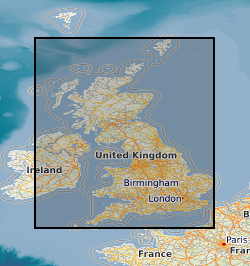
Three volumes of SAM samples (SAM1-SAM4789) exist. They represent the work of FW Anderson in the 1950s and 1960s. All samples were re-registered into other datasets. They are predominantly from the Cretaceous and Tertiary. Sample number, fossil type, locality and geological details are given, including borehole name and depth where appropriate.
-
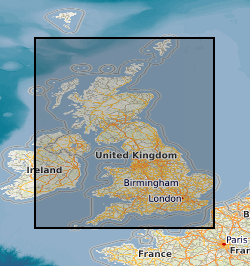
Records for Great Britain of the statutory notifications of the intention to drill any boreholes, shafts or wells under the Mining Industry Act 1926 or the Water Resources Act 1991( plus voluntary notifications) . Information has been collected and maintained centrally from the 1950's, earlier records however are only on index cards. Complete for all boreholes since 1988 but record data will vary depending on the original purpose. Access restrictions apply.
-
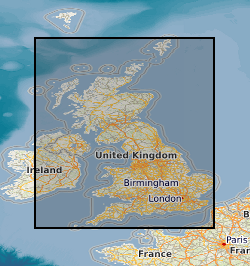
The register lists Lower Palaeozoic microfaunas (including "small shelly" faunas), but occasionally mentions small trilobites and various fragments. SAQ1-259 are used, although several numbers have no details assigned to them. Sample number, sheet number, NGR, fossil identification, borehole names & depths are given.
-
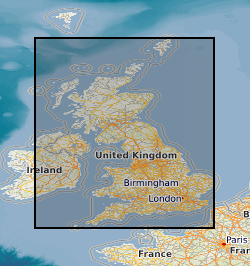
Index to reports of site investigations produced by external organisations carried out for all forms of site investigation. The Oracle index was setup in 1988 and covers the whole of Great Britain, all site investigation reports are indexed but the level of detail in the index for each record may vary. The reports date back to the 1950's and may contain information on boreholes, trial pits, laboratory tests and chemical analyses etc.
-
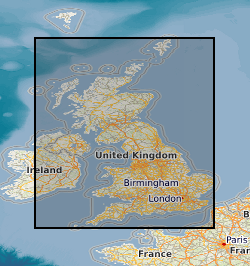
Laboratory results for the analysis of soil samples collected from urban areas during the baseline geochemical mapping programme of Britain. Sample sites are described on field slips. Chemical results are subjected to high level of quality control in the laboratory. Results are the raw data processed (standardisation and normalisation) to give seamless geochemical images and the value added G-BASE (Geochemical Baseline Survey of the Environment) data in the BGS geochemistry database.
-
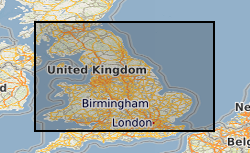
Prime Geological Data resulting from deep underground coal exploration and exploitation produced by the British Coal Board and/or its precursors. The collection dates back to the 18th century and covers all the British coal mining areas and includes borehole site plans, borehole logs, analyses and geophysical data etc. Apart from primary data relating to past and current collieries and for future prospects the information includes reports, interpretations and records of research. The majority of the collection was deposited with the National Geological Records Centre by the Coal Authority in July 2001.
 NERC Data Catalogue Service
NERC Data Catalogue Service